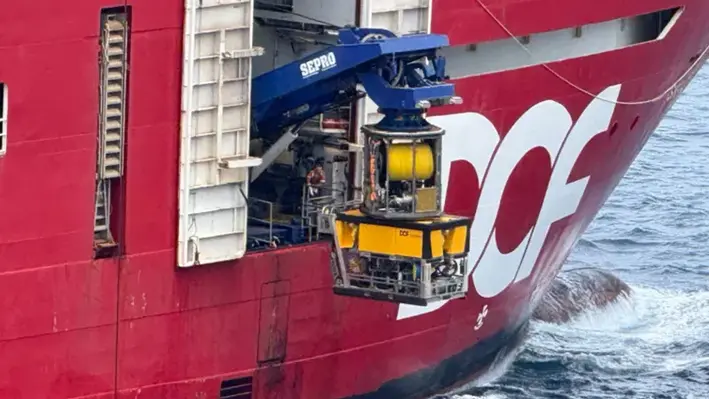
Work to decommission the Northern Endeavour in the Timor Sea is moving to the next phase after the floating production storage and offtake (FPSO) vessel was disconnected from the Corallina and Laminaria oilfields recently.
Australia’s Department for Industry, Science and Resources reported that the decommissioning programme had accomplished what it called a “significant milestone” following the disconnection of risers and umbilical pipelines that had connected the vessel to the oilfields for 26 years, a step that “reduces risk to people and the environment.”
The process has not been without its challenges though after the FPSO reportedly lost power, resulting in the evacuation of crew as a safety precaution, according to a number of media outlets.
It is understood that power has now been restored to the ex-Woodside vessel, which is located some 550 km northwest of Darwin.
Phase 1 contractor Petrofac Facilities Management Limited and multi-purpose vessel, Skandi Hercules, cut eight risers and lowered them to the seabed.
“Removing the connection between the FPSO and the wells means there’s no risk of oil leaking from the FPSO,” the Department noted.
“The disconnection marks an important point in the FPSO’s history since its initial connection to the subsea wells in 1999.”
Nine mooring chains keep the FPSO connected to the seabed, holding it securely in place.
Cutting the chains will be one of the final milestones before removal of the FPSO from the field, an operation scheduled for later in 2025.
The COSCO semi-submersible heavy transport vessel, Hua Rui Long — the third largest of its kind in the world — will eventually tow the FPSO to a facility for decontamination, dismantling and recycling.
Dry towing is deemed the safest and most reliable method to transport a vessel of this size and condition, according to the Department.
The Northern Endeavour FPSO is 274m in length and weighs over 43,000t.
Officials are still going through tenders to find a supplier to ultimately recycle the FPSO.




